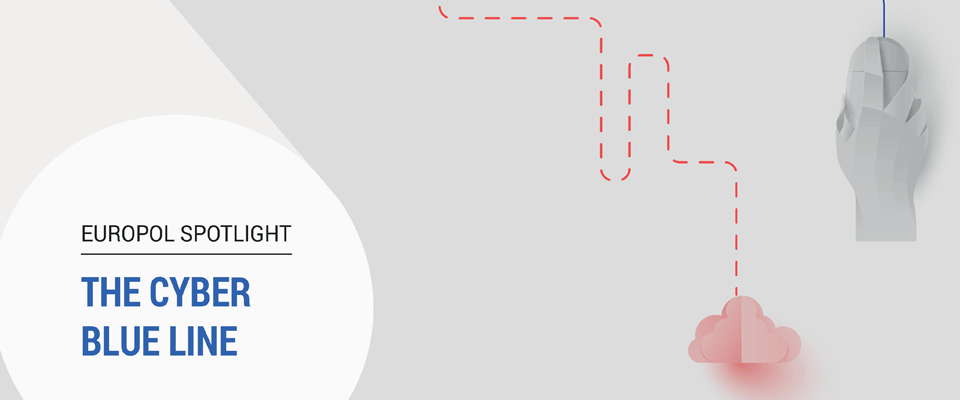The webinar looked at the state of digital transformation in European regions, taking stock of the latest research showing an increasing digital divide across European regions and urban-rural communities. Invited speakers shared their views on how public authorities at all levels can facilitate the digital transition of small and medium enterprises (SMEs), showcasing some best practices and collaboration initiatives from the European Entrepreneurial Regions.
In the opening session, Mr Ivan Štefanec, Member of the European Parliament and President of SME Europe, identified three topics crucial for accelerating the digital transition of SMEs – the need to work on the digital infrastructure, digital skills and the legal framework for the digital economy.
Ms Outi Slotboom from the European Commission’s DG GROW provided some facts and figures explaining why small businesses tend to lag behind in digital transition. She indicated that EU programmes and instruments had to be designed in a way to address diverse needs of SMEs – addressing advanced companies with more sophisticated digital solutions and, on the other hand, providing more basic forms of support for traditional companies.
Mr Eddy Van Hijum, member of the CoR and rapporteur on the SME Strategy, said that European programmes should strike a balance between supporting R&D and innovation of front runners in advanced technologies and providing more conventional support for the application of proven digital technologies in smaller businesses and family firms in various sectors. Mr Van Hijum highlighted the importance of involving local and regional authorities in the development and implementation of national recovery plans, also in their parts related to digitalisation.
The first panel session of the webinar was dedicated to the presentation of preliminary results of the study run by the European Committee of the Regions ECON commission on ‘The state of digital transformation at regional level and COVID-19 induced changes to economy and business models, and their consequences for regions’. Representatives of the Formit Foundation (MsSimona Cavallini) and Eurochambres (Mr Christoph Riedmann) revealed concerns over the growing territorial digital divide in Europe. The final report, expected to be published by mid-July, proposes a framework for measuring digital preparedness in regions, identifies the specific contextual conditions which are needed to favour the digital transformation of SMEs and analyses the type of support local and regional authorities may provide. The study builds on a survey responded by 87 entities (LRAs, chambers of commerce, etc.) from 21 EU countries and further illustrations through 8 in-depth case studies.
Reacting to the study results, Mr Dan Dalton from Allied for Start-ups, said that the pandemic has emphasised the importance of digitalisation in the economy and created new market opportunities for start-ups across Europe. He stressed the importance of public financing to be used as a framework to unlock private investment and to address market failures, such as digital infrastructure in rural areas.
The second panel session provided an opportunity to look in a greater detail into regional instruments supporting digitalisation of SMEs, building on the collaboration and best practices in the European Entrepreneurial Regions (EER).
The session started with a presentation by Ms Anne-Marie Sassen from the European Commission’s DG CONNECT, focussing on ways how EU instruments such as Digital Innovation Hubs (DIHs), clusters and industry alliances can foster digital transition of SMEs. Ms Sassen has particularly highlighted the ongoing pre-selection process for EDIHs , explaining the added value of promoting networking of EDIHs, clusters and Europe Enterprise Network offices to offer a seamless service to SMEs on the ground.
Mr Vincent Duchêne from the Idea Consult, partner in the ongoing collaboration project of the EER regions, presented a framework of the EER regions’ collaboration in the area of digital transition. The main focus of the cooperation in this area is currently on the future collaboration between EDIHs.
Further presentations from representatives of the North Brabant (EER 2013), Lower Austria (EER 2017) and Silesia (EER 2021-22) delivered an insight into some best practices for supporting SMEs by regional authorities, using available EU programmes. Speakers highlighted the key objectives and benefits resulting from cross-regional cooperation on digitalisation.
In the conclusion, Mr Michael Murphy, President of the CoR ECON commission, said that,in order to meet the objectives of Europe’s Digital Decade, public authorities in the EU need a multi-level, collaborative and inclusive approach to promote digital transition and digital cohesion in the EU, wisely using the resources of the MFF and the Recovery and Resilience Facility . Mr Murphy said that the digital adoption and catch-up of existing SMEs should be among the top priorities in the new EU digital programmes.
The final report of the CoR/Eurochambres on ‘The state of digital transformation at regional level and COVID-19 induced changes to economy and business models, and their consequences for regions’ will be published by mid-July and you will receive a link by e-mail.


